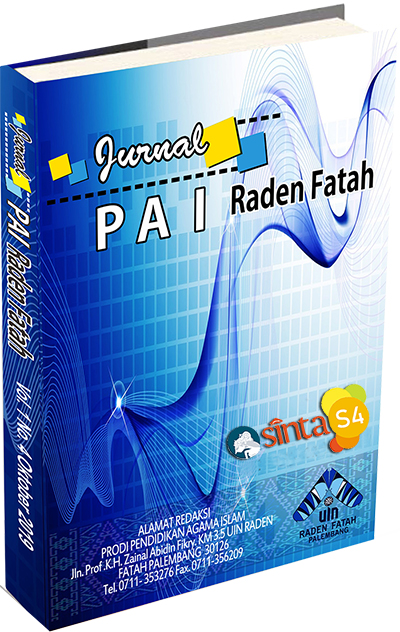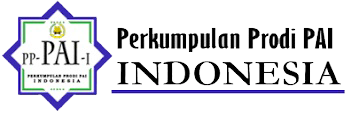Edukasi Tentang Pengenalan Perangkat Keras dan Perangkat Lunak Pada Anak Usia Dini
DOI:
https://doi.org/10.19109/pairf.v7i1.27226Keywords:
Education, Hardware, SoftwareAbstract
Education about hardware and software is very important to improve technological literacy. This study discusses the introduction of hardware components such as CPU, RAM, motherboard, mouse, keyboard, hard disk, and software such as operating systems and applications. Interactive technology-based learning methods are used to facilitate understanding. This study uses a qualitative approach with a descriptive analysis method to describe the application of observation and question and answer methods as education for introducing hardware and software to early childhood. Data were collected through structured interviews, participatory observation and document analysis. Data obtained through observation and interviews were analyzed qualitatively. To test the validity of the data, data triangulation was used, namely comparing the findings of observations, interviews and document analysis. The results of the study showed that this approach significantly increased students' interest and knowledge in learning. Practice-based learning has proven to be the key to improving students' technological literacy. In addition, increasing technological literacy is expected to help students be better prepared to face challenges in the digital era.
References
Djafar, S, dan D Novian. “Implementasi teknologi augmented reality dalam pengembangan media pembelajaran perangkat keras komputer.” Jambura Journal of Informatics 3, no. 1 (2021): 44–57.
Febrinasari, T, dan A. P Riandani. Edukasi Pentingnya Pangan Sehat untuk Anak Usia Dini bagi Orang Tua dan Guru di TK Insani 1. Bekasi: Lentera Pengabdian, 2023.
Hartoyo, A, A Nursangaji, dan D Suratman. “Pengembangan kompetensi sikap dalam pembelajaran matematika secara holistik bersumber Qur’an.” Jurnal Pendidikan Matematika 10, no. 1 (2019): 149–162.
Hermawati, E, dan M. A Lestari. “Pengembangan Monopoli Sebagai Media Pembelajaran Berbasis Permainan Edukasi di Sekolah Dasar.” ournal of Innovation and Sustainable Empowerment 3, no. 2 (2024): 67–71.
Hidayat, N, dan H Khotimah. “Pemanfaatan teknologi digital dalam kegiatan pembelajaran.” Jurnal Pendidikan Dan Pengajaran Guru Sekolah Dasar (JPPGuseda) 2, no. 1 (2019): 10–15.
Kurniasari, R, dan A Wathon. “Pembelajaran Konstruktif Melalui Alat Permainan Edukatif.” Jurnal Sistim Informasi Manajemen 2, no. 2 (2019): 96–112.
“Proses pembelajaran yang efektif.” JISAMAR (Journal of Information System, Applied, Management, Accounting and Research) 3, no. 2 (n.d.): 19–25.
Purnamasari, E. “Prediksi Tingkat Kepuasan Dalam Pembelajaran Daring Menggunakan Algoritma Naive Bayes.” Jurnal Informasi Dan Teknologi 5, no. 4 (2023): 153–159.
Purnamasari, E, dan L Hartati. “Meningkatkan Keuntungan Bisnis Dengan Penggunaan Sistem Aplikasi Kasir Stroberi Bagi Pemula.” JMM (Jurnal Masyarakat Mandiri) 7, no. 2 (2023): 1198–1205.
Purnamasari, E, dan D. A. Verano. “Pemanfaatan Dunia Internet Dalam Metode Pembelajaran Berbasis Digital Bagi Anak Usia Dini Di Era Globalisasi.” Jurnal Masyarakat Mandiri 8, no. 4 (2024).
Sugiyono. Metode penelitian kuantitatif, kualitatif, dan r&d. Bandung: Alfabeta, 2013.
Syarnubi, Syarnubi. “Profesionalisme Guru Pendidikan Agama Islam Dalam Membentuk Religiusitas Siswa Kelas IV Di SDN 2 Pengarayan.” Tadrib: Jurnal Pendidikan Agama Islam 5, no. 1 (2019).
Syarnubi, Syarnubi, dan Ahmad Syarifuddin Sukirman Sukirman. “Curriculum Design for the Islamic Religious Education Study Program in the Era of the Industrial Revolution 4.0.” AL-ISHLAH: Jurnal Pendidikan Islam 15, no. 4 (2023).












.png)


1.png)



